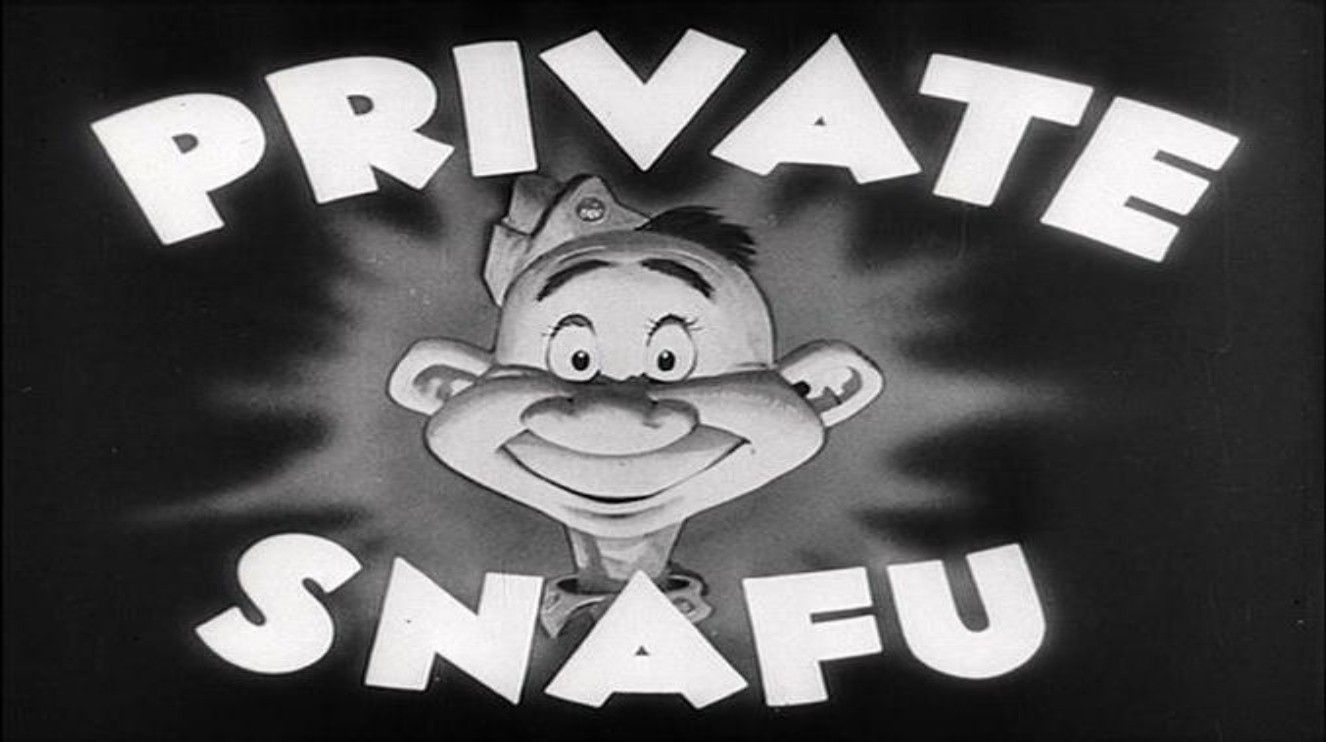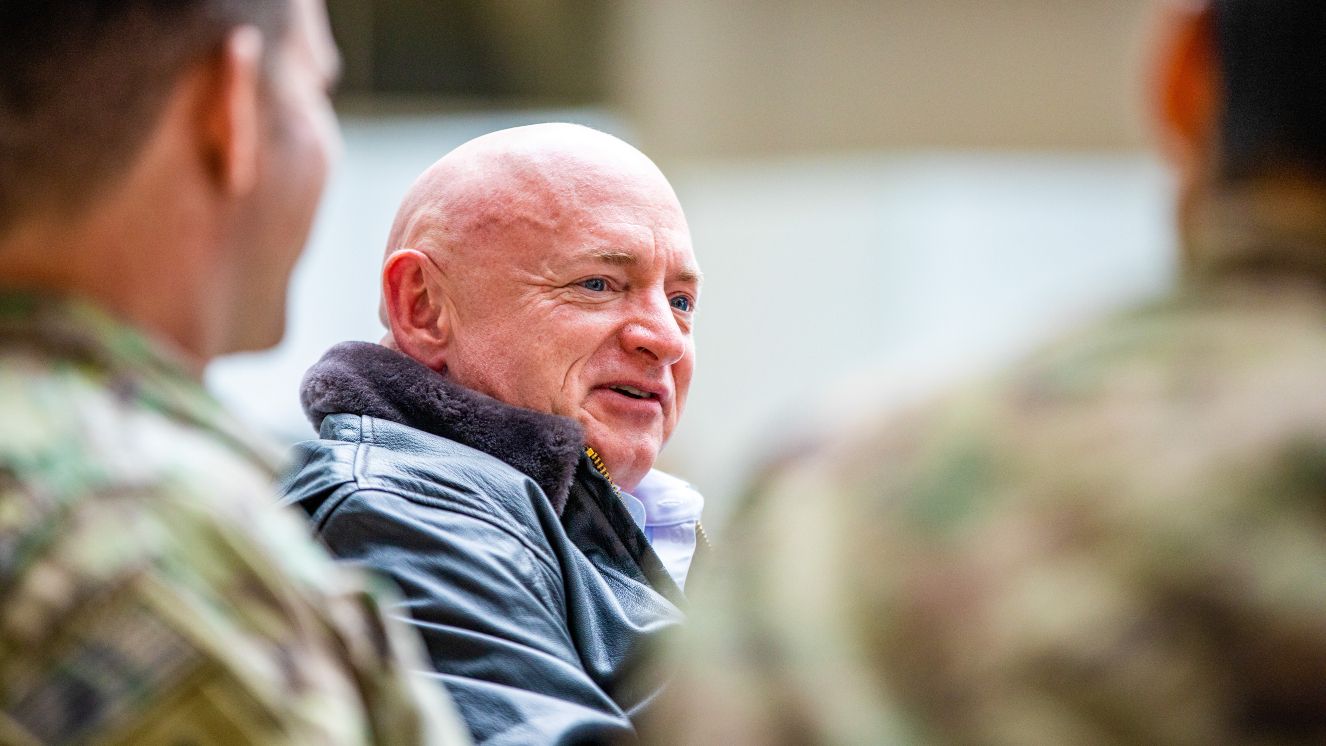THE CHARGE OF THE LIGHT BRIGADE CHANGED THE PERCEPTION OF WAR HEROES

The battlefield has been the inspiration for many stories and poems throughout the ages. History will show a variety of examples ranging from ancient texts like “The Iliad” to modern renditions of songs and media inspired by serving one’s country. One of the most infamous, however, is “The Charge of the Light Brigade,” a harrowing tale of bravery even when facing impossible odds made by the horrid conditions of the Crimean War. Read next:Exploring Poems for the Military & Vets on National Haiku Poetry Day
Who Wrote the Charge of the Light Brigade?
Alfred, Lord Tennyson is the author who wrote “The Charge of the Light Brigade,” a poem commemorating the events surrounding the Battle of Balaclava as part of the Siege of Sevastopol during the Crimean War. Warfare requires plenty of moving parts in order to obtain success on the battlefield, but arguably nothing is more important than communication. Even long before current technological means, maybe even more so, communication has played a huge role in winning battles. Unfortunately for the British cavalry that day, a miscommunication would send them charging into what would ultimately be their demise. The result would be a conflict immortalized, as it was the muse for Lord Tennyson’s literary work.
Forces Enter the Valley of Death
On October 25, 1854, a British cavalry unit led by Lord Cardigan was tasked with fighting against Russian forces during the Battle of Balaclava. British forces were sent to the Crimean War after both Britain and France attempted to stop the Russian invasion of Turkish lands. The plan was for the British Light Brigade to take the guns from areas Turkish forces lost control over and prevent Russia from obtaining them. But due to a miscommunication, they were instead brought before a Russian group of fighters built to defend with heavy artillery weaponry. Do you remember the game of “telephone” as a kid? Where you whisper something in the ear of someone and then they tell the next person and so on and so forth until it reaches the end? More often than not, the message is misconstrued, and it’s a great educational moment to understand the power of communication. Britain should have played that game. Through a series of messages that were misconstrued by both misconception and pride, a mission set forth by Lord Raglan to send the Light Brigade to capture guns would end up being a full-out assault. Depending on the source, you’ll find a different leader to blame, but here are some key figures and their role in blundering what would become the Charge of the Light Brigade:
- Lord Raglan, a British commander, asked for the Light Cavalry to take the guns. It should be noted that he had the best vantage point of anyone involved.
- Lieutenant General George Bingham, 3rd Earl of Lucan, received the order but couldn’t see the guns in question and asked Captain Louis Nolan to elaborate.
- Instead of pinpointing where the guns were, Nolan, who took the order drafted by Brigadier Richard Airey, along with oral instructions to begin attacking immediately, broadly gestured throughout the area.
- Lucan then told Lord Cardigan not only to attack the Russians but to do so in what may have been the worst place possible. A far cry from the original purpose or place of execution for the mission.
When it was all said and done, the blunder would be historical in nature, costing Nolan his life at the very beginning, among hundreds of others involved. In his fury, Lord Cardigan would lead the charge, which sounds like a noble action, until you realize what became of it. It was done out of anger, as the Charge of the Light Brigade was seen as a way to undermine his power. Because Cardigan went first, he didn’t see the carnage that his men faced. It also didn’t help that after reaching the guns, he left the battlefield elsewhere. Believing he had played his part, he did the only sensible thing left to do: exited the battle and had a champagne dinner on his yacht.
How Many Survived the Charge of the Light Brigade?
One hundred ninety-five of the 664 British cavalrymen survived the Charge of the Light Brigade. Even though the unit was successful at taking out Russian gunners, they were still torn apart and still left to fight Russian cavalry. It was a poor situation all around for the British troops who died as they were outnumbered. In an ironic twist of fate, the Battle of Balaklava would make one of the surviving members a hero throughout Britain. That man was a leader in the failed attack, none other than Lord Cardigan.
The Legacy of the Charge of the Light Brigade
By today’s standards, it’s safe to say that Lord Cardigan’s exploits would not be viewed so fondly, yet those who fought at the Battle of Balaclava were seen as heroes. In modern times, this is the exact incident that helped bolster the ideas of bravery and honor through warfare in Britain. It’s hard to say that “The Charge of the Light Brigade” didn’t have a heavy hand in this. It’s also quite clear that some of these feelings spilled over into American culture. Of course, those who serve to defend freedom are the very definition of heroes, and we don’t need any literary piece to confirm this. Suggested read:Get To Know the Meaning and History Behind the Marine Corps Hymn
BY BUDDY BLOUIN
Buddy Blouin is a Contributing Writer at VeteranLife.com
Buddy Blouin is a Contributing Writer at VeteranLife.com



